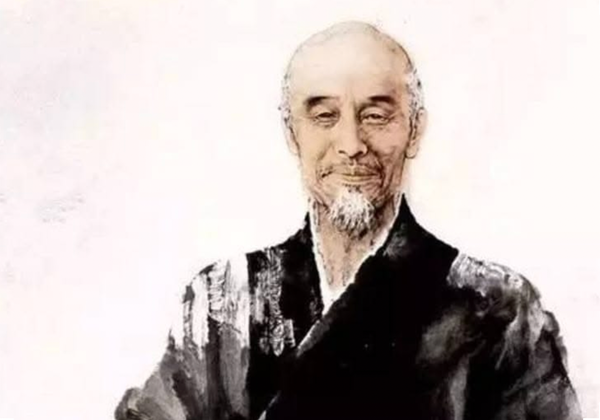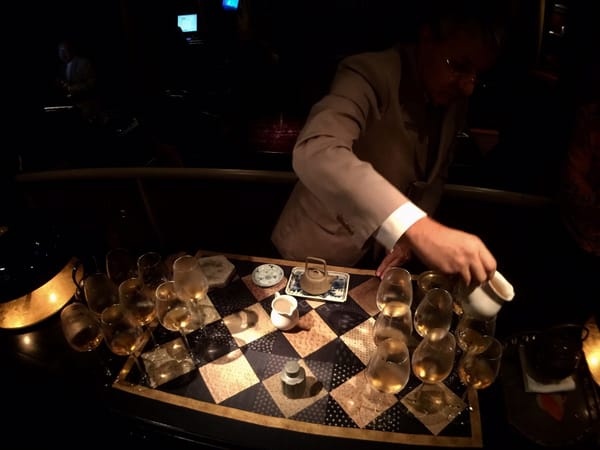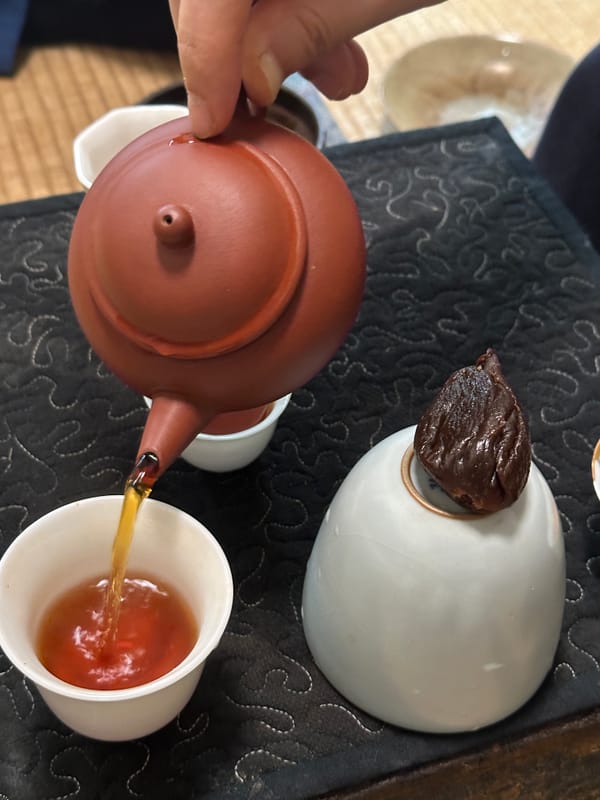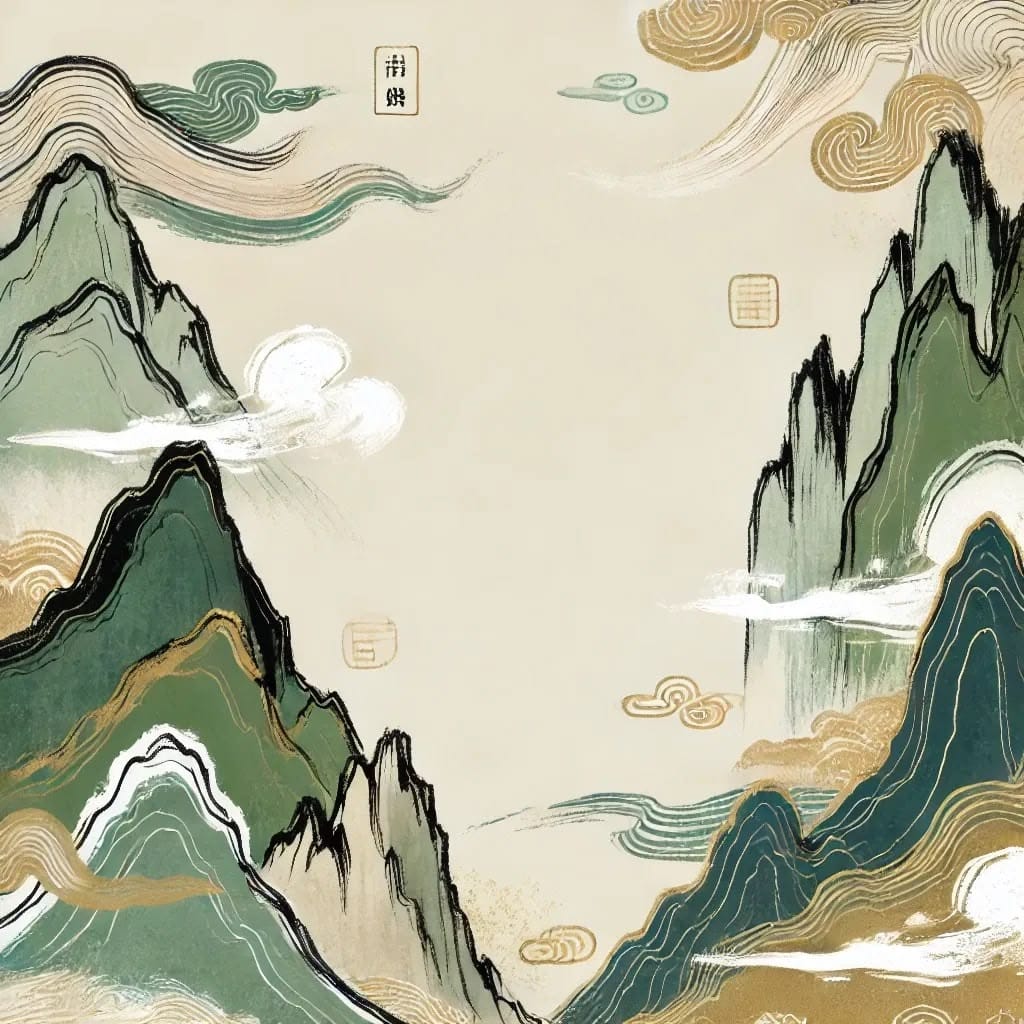"Beyond the long pavilion, alongside the ancient path, emerald grass stretches to the horizon; evening breeze rustles through willows as flute melodies fade, sunset mountains beyond mountains. At the edge of heaven, corner of earth, half of dear friends have fallen away; a cup of cloudy wine drains remaining joy, tonight's parting dream turns cold." This widely beloved song "Farewell" still evokes nostalgic emotions in countless people. The melody was composed by American musician Stephen Foster, while the lyrics were written by Li Shutong, an outstanding pioneer of modern Chinese arts who later became Master Hong Yi.
From Bustling Shanghai to Artistic Japan
Li Shutong was born on October 23, 1880, in Tianjin. At 18, he moved with his mother to Shanghai. In this prosperous metropolis, he not only studied at Nanyang Public School but also formed friendships with many literati and artists, including the renowned educator Huang Yanpei.
After his mother passed away in 1905, he journeyed to Japan for further education, focusing on music, painting, and theatrical arts. He founded a drama society and once famously performed in "La Dame aux Camélias" (The Lady of the Camellias) dressed as a woman, later writing "Memoir of the Lady of the Camellias" to express his sentiments. During his studies in Japan, he developed the habit of drinking Bancha (Japanese green tea), a lifestyle detail he maintained after returning to China.
The Tea-Scented Years in Hangzhou
Li Shutong first visited Hangzhou in 1902, staying briefly for one month with only the impression of drinking tea outside Yongjin Gate. His second visit came in 1911 (the first year of the Republic of China), and this Hangzhou sojourn lasted nearly a decade.
By West Lake in Hangzhou, Li Shutong lived a life markedly different from contemporaries like Lin Yutang, Hu Shi, Yu Dafu, and Ba Jin. He would take night excursions around West Lake with Xia Mianzun and Jiang Danshu, documenting these experiences in "Records of Night Wanderings at West Lake," which described the pleasure of tea fragrance amidst water chestnuts and lotus. He particularly cherished quiet moments drinking tea alone upstairs at Jingchun Garden; tea appreciation at West Lake became an unforgettable memory throughout his life.
Tea: From Art to Spiritual Practice
1916 marked a turning point in Li Shutong's life when he chose to undertake a 21-day fast at Hupao Temple (Tiger Running Temple). In his detailed "Fasting Diary," tea became an important medium connecting him with the outside world:
- "Bancha" during the preparation phase;
- "Plum tea" and "salt plum tea" during the fasting period;
- When tasting black tea during recovery, he noted there was "still no tea flavor," honestly reflecting the transformation of his senses and spirit.
This fast symbolized his metamorphosis from Li Shutong to Master Hong Yi, with tea witnessing his spiritual journey from worldly splendor to transcendent detachment.
A Lifetime With Tea, A World of Zen
Master Hong Yi perfectly integrated an artist's keen perception with a monk's Zen enlightenment. Tea in his life wasn't merely a daily beverage but symbolized an attitude of spiritual cultivation.
As Song Dynasty Emperor Zhao Ji wrote in "Grand View Tea Treatise": "Pure, simple, leisurely, and clean; elegant charm and quiet spirit." This describes precisely the realm Master Hong Yi pursued throughout his life. From his early poems about camellia flowers to his later simple enjoyment of bancha, plum tea, and black tea, tea continuously accompanied him in exploring life's true meaning.
Li Shutong's life, like his favorite cup of clear tea, grew increasingly pure and transcendent amid the torrents of time.
Visit Teatasting.net to experience the essence of tea culture.





